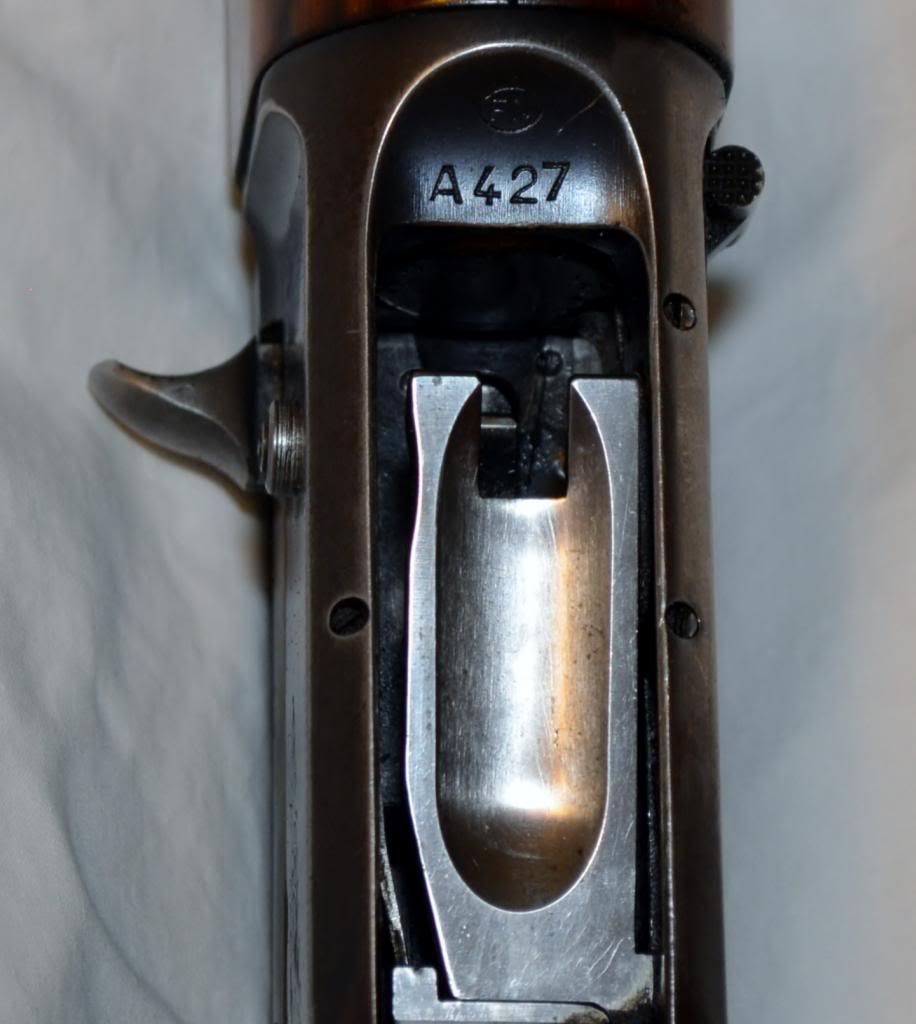
Browning Auto 5 20 Gauge Serial Numbers
In 1969 Browning started using two digits for the date of manufacture which was followed by a four digit code that identified the type of Auto-5: M=standard weight G=light weight This was then followed by the serial number beginning with 1000. Example: 69G1000 = A 1969 Auto-5 Lightweight 12 ga. Shotgun with a serial number of 1000. 

Yours should be a 1971 vintage, serial number 5xxx1. Nothing shows what a 'Z' code should be, M being a 'standard' and G being a 'light'. They reference those to 12-gauge, I wonder if Z would be a code for one of the 20-gauge versions, or some manner of 'limited edition' model. Add a piece of history to your firearm! For $39.95 (Shipping included), our Browning Historian will research your firearm and type a historical letter. Historical Letters include: Date of manufacture, invoice number, date of sale, to where the gun was shipped, and a description of the firearm.
I have a 1969 Browning A5 20 gauge, The serial number starts 69Z-XXXXX. The 'Z' is the question, The browning site shows that a 'G' or 'M' should follow the mfg. Date indicating a Lightweight or Standard model.
 Download Shipconstructor 2008 Full Crack At 11:35 on 28 March 1942, at St Nazaire, France, the air was suddenly shattered by a thunderous explosion in the bows of an old destroyer lodged in the caisson of. Found 6 results for Shipconstructor. Full version downloads available, all hosted on high speed servers! Ship constructor - Download as PDF. The Netherlands ShipConstructor User since 2002 “ Using ShipConstructor to its full potential will. DownloadKeeper.com provides 24/7 fast download access to the most recent releases.
Download Shipconstructor 2008 Full Crack At 11:35 on 28 March 1942, at St Nazaire, France, the air was suddenly shattered by a thunderous explosion in the bows of an old destroyer lodged in the caisson of. Found 6 results for Shipconstructor. Full version downloads available, all hosted on high speed servers! Ship constructor - Download as PDF. The Netherlands ShipConstructor User since 2002 “ Using ShipConstructor to its full potential will. DownloadKeeper.com provides 24/7 fast download access to the most recent releases.
All letters come on official Browning Historic Letterhead which is authentically stamped & signed by the Historian and are enclosed in a plastic cover. For more information, please contact Browning Customer Service at 1-800-333-3288. Lastly, I love my A5, replace the recoil spring in it every decade or so. I replace the bolt return spring about every 15 years or so. Both get worked very hard in use. If the springs get weaker (they do) and the gun continues to see use, they tend to eventually batter the locking rocker assy out of the top of the bolt assy.
I do not have the 'minimum resting length' of those springs handy just now, but it is written down downstairs. When the recoil system is set for 'heavy' and it cycles my trap loads, here's a clue the springs are tired. You will find the hammer pivot bearing wears egg-shaped after 15 or 20 years of hard use too, replace the hammer every couple decades (or 30,000 rounds or so). My Belgian Light 12 has an estimated 70,000 rounds fired, so far, in her life and continues to splat Pheasants, Quail, and Clay Pigeons every year. Not to the limited data at my disposal. The Gold Trigger is a comon touch, even on my 'Grade 1' (the 'standard field grade'). Long worn off the finger face of mine, the vent ribs were an option on most (especially ours age), but I think it was more comonly selected than the plain, and I think it looks better.
There were 2 'limited editions' the 'Classic' (prod. 5,000) and 'Classic Gold' (prod. 500) but they were grey receivers (not blued) and among the inlays was the 'One Of Five Thousand (or hundred). These were a 1984 production, so not yours. A call to Browning for a letter will get you all you can find out. You probably have a 'Grade III', if they were still optioning them that way.